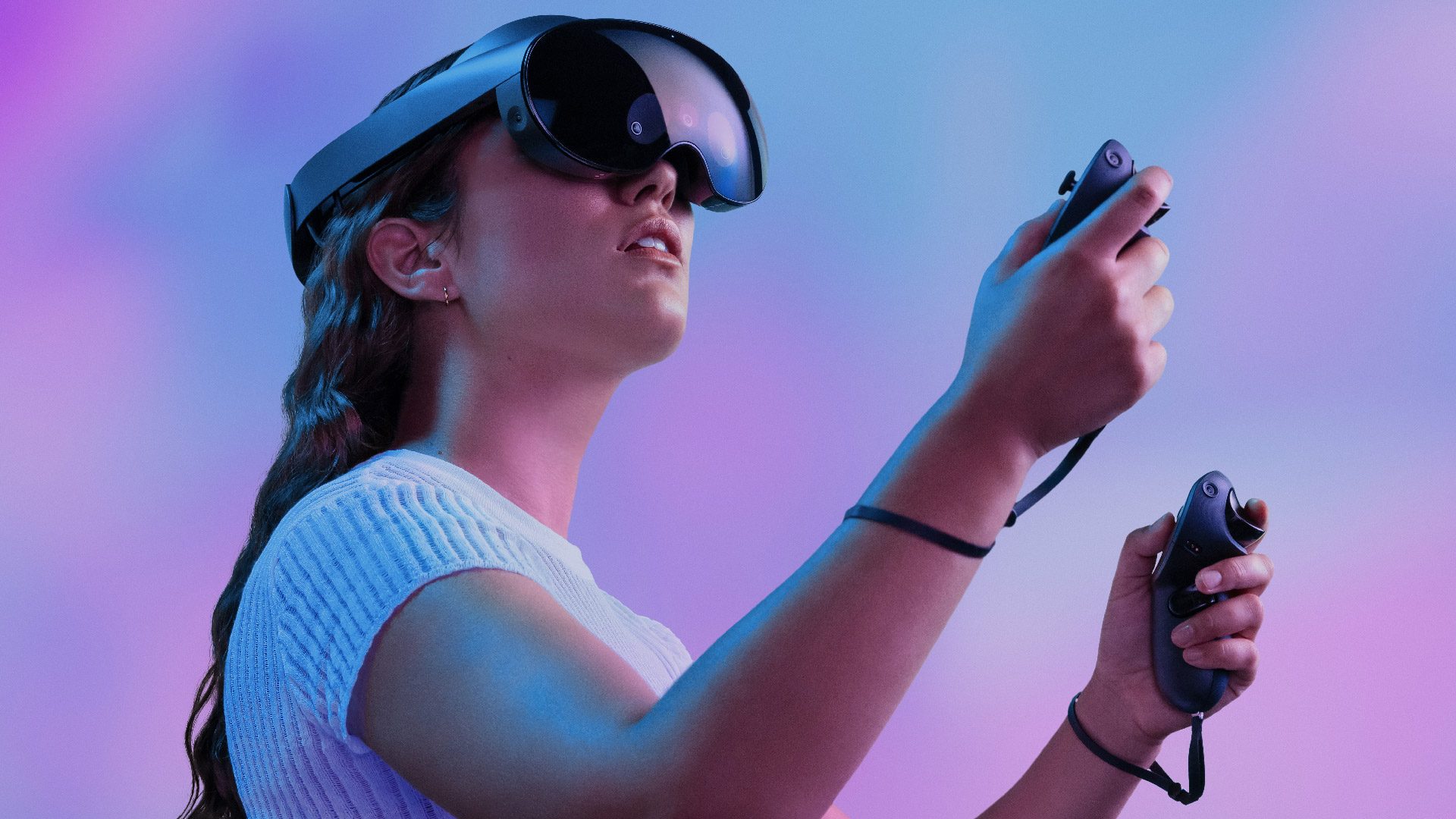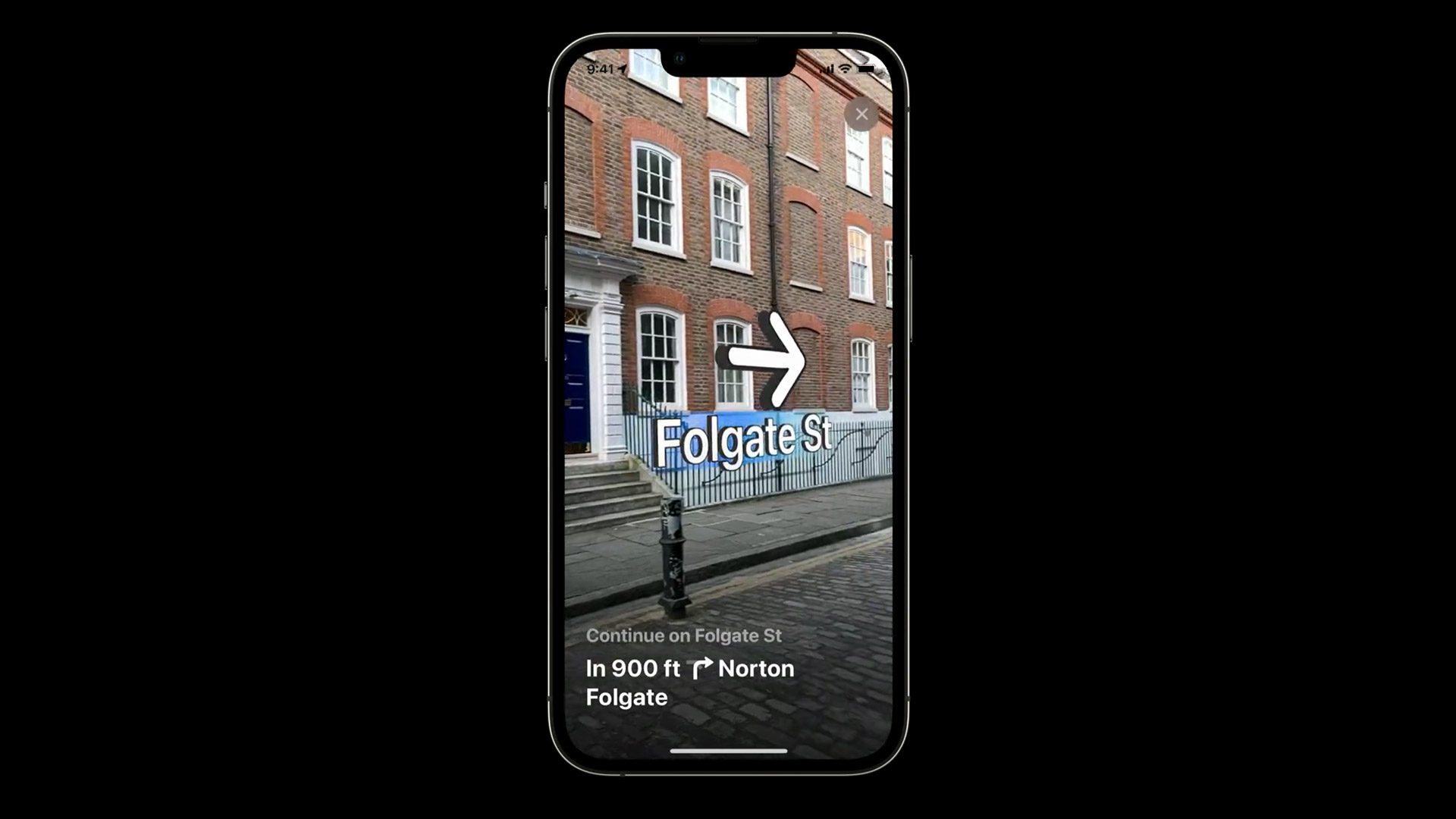If the avalanche of recent reports can indicate anything at all, it seems Apple is entering the VR/AR headset market fairly soon, bringing along with it the most inflated expectations the industry has ever seen. It’s probably going to be expensive, but whether it flops or becomes a big hit, the mere existence of Apple in the space is set to change a lot about how things are done.
The iPhone wasn’t the first smartphone. That award goes to an obscure PDA device called the IBM Simon, released in limited numbers in 1994. The Apple Watch wasn’t the first smartwatch either. That was debatably the Seiko Raputer, which was released in 1998 in Japan. Its monochrome LCD wasn’t capable of touch, instead offering up a tiny eight-direction joystick and six function buttons to browse files, play games, and set calendar appointments. Similarly, iPad wasn’t the first tablet. Mac wasn’t the first home computer. iPod wasn’t the first MP3 player. But all of these products have become nothing short of iconic. There’s very little benefit to being first, at least as far as Apple is concerned.
And while it seems the company’s first mixed reality headset could finally debut at its Worldwide Developers Conference (WWDC) in June, like all of its other products, it won’t be the first MR headset. Just the same, like everything else the fruit company makes, it’s going to be the one everyone is talking about—for better or worse.
In case you haven’t noticed, Apple is a big deal. It has an ecosystem of products which connect to each other, design-forward hardware that has helped it maintain brand name cache, and a philosophy that puts user-friendliness at the core of its software experience. Oh, and it’s the most valuable company in the world.
And while the irrational exuberance for successive device generations has mostly petered out since its heydays in the early 2000s, reducing its famed long-line launch extravaganzas to more chill online pre-order releases, becoming an Apple apostate is still unthinkable to many. Once you’re in, you’re in. You buy the phone, the laptop, the headphones, and now, maybe you’ll get the newfangled headset too. Maybe. Let’s put aside the rumors for now. Forget about the spec breakdowns, hardware design leaks, software capabilities, etc. There are plenty of them out there, and you can read about those here. The only thing we know for sure is Apple is… well… Apple. Here’s what you, and probably everyone else is expecting.

For Better: What Should Happen
Unless the company is making a drastic departure here, its first mixed reality headset should be built with this same level of user friendliness as all of its other devices, which means it should connect to the Apple ecosystem easily, and have a simple and intuitive UI. Log in with Apple ID. No muss, no fuss (whatever ‘muss’ is). Privacy should be a giant focus for the headset from the outset, since it will almost certainly pack eye-tracking in addition to a host of cameras to get a glimpse of the inside of your immediate surroundings, messiness and all. Apple has its fair share of data collection scandals, yet it seems to inspire enough confidence for privacy to be a big historical selling point for all of its devices.
If you want to avoid drawing the ire of tech reviewers everywhere though, wearing it should be fairly simple and very comfortable, and the experiences within should be of high enough value to overcome that inherent friction of charging it, putting it on, setting up a tracking volume, and wearing it for extended periods of time—everything we expect from any mixed reality headset at this point. It should fit most people, and offer up a clear picture to people with heads and eyes of all shapes and sizes.

An obvious analogue here is Meta Quest Pro, which is relatively low friction, but things like a halo strap that forces too much weight on your brow, or a passthrough that’s just a little too grainy, or a display that doesn’t have a high enough pixel per degree (ppd) for staring at text—all of these things make it less appealing to users in the day-to-day, introducing what you might call accumulative friction. You use it a bunch at first until you figure out all of the niggles, at which point you may revert to traditional computing standards like using a laptop or smartphone. The thing isn’t really the all-purpose device you hoped it would be, and the company thinks twice about when to send the better, more improved version down the pipeline.
One would hope that Apple’s headset, on the other hand, should have a mature design language and have obviously useful features from day one. While there’s bound to be some stutters, like with the first Apple Watch, which was critiqued for its slow software, short battery life, and lack of customization, it should all be there, and not require a ton of feature updates to enhance after the big launch day.
It should sell well out of the gate—at least by the standards of the existing XR industry—even if everything isn’t perfect. And it should be so cool that it’s copied. Like a lot. And it should drag top-level studios into the XR scene to start making innovative and useful apps that aren’t just straight ports of ARkit or ARcore apps made for mobile, but things people need and want to use in-headset. A big win from Apple should not only spur its new mixed reality product category, but kick off a buzz among developers, which would include those who currently work in the XR industry and Apple’s existing cohort of dedicated iOS developers.
But more than merely being the latest shiny new headset within the existing XR industry, Apple’s entrance into the field has a real chance of radically expanding the industry itself, by showing that the world’s most iconic tech company now thinks the medium is worth pursuing. That’s the way it happened when Apple jumped into MP3 players, smartphones, tablets, wireless earbuds, and more.
As the saying goes, a rising tide lifts all boats. The inverse is also true though….
For Worse: What Could Happen
Apple’s headset is reportedly (okay, maybe just one rumor) priced somewhere near $3,000, so it probably won’t be the sort of accessory that initially attracts people to the ecosystem; that would be the job of a peripheral like Apple Watch. It will likely rely on the pool of built-in Apple users. Despite the price, the first iteration very likely won’t offer the sort of power you’d expect from a workhorse like Apple MacBook Pro either.
At the outset, any sustained draw from prosumers will invariably hinge on how well it can manage general computing tasks, like you might have with an iPad or MacBook, and everything else current mixed reality headset should do too, namely VR and AR stuff. That includes a large swath of things like fitness apps, both AR and VR games and experiences, productivity apps, standard work apps, everything. Basically, it has to be the Quest Pro that Meta wanted to release but didn’t.

And if not, it leaves Apple in a pretty precarious situation. If their headset can’t find a proper foothold within its ecosystem and attract enough users, it could lead to low adoption rates and a lack of interest in the technology as a whole. Mixed reality is largely seen as valuable steppingstone to what many consider the true moneymaker: all-day AR glasses. And despite some very glassses-shaped AR headsets out there, we’re still not there yet. Even if Apple is willing to take a hit with a bulky device in service of pushing use cases for its AR glasses yet to come, the short term may not look very bright.
And perhaps most importantly for the industry as a whole are the (metaphorical) optics.
After all, if the iconic Apple can’t manage to make MR something that everybody wants, the rest of the world watching from the sidelines may think the concept just can’t be conquered. In turn, it may mean capital investment in the space will dry up until ‘real’ AR headsets are a thing—the all-day glasses that will let you play Pokémon Go in the park, do turn-by-turn directions, and remind you the name of that person you met last week. The steppingstone of mixed reality may get waterlogged. Those are a lot of ifs, coulds, shoulds, and won’ts though. The only thing truly certain is we’re in for a very interesting few months, which you can of course follow at Road to VR.
Apple’s entrance into XR has the potential to expand the industry by demonstrating its viability, just as Apple has done with previous technologies. It stands a good chance at carving out a sizeable claim in the space, but it’s a gamble that could equally backfire if both sales and public perception aren’t on their side.
Is Apple’s XR headset going to be the “one more thing?” we’ve all been waiting for at WWDC this year? Will it live up to the Apple name, or be an expensive dev kit? Let us know in the comments below!